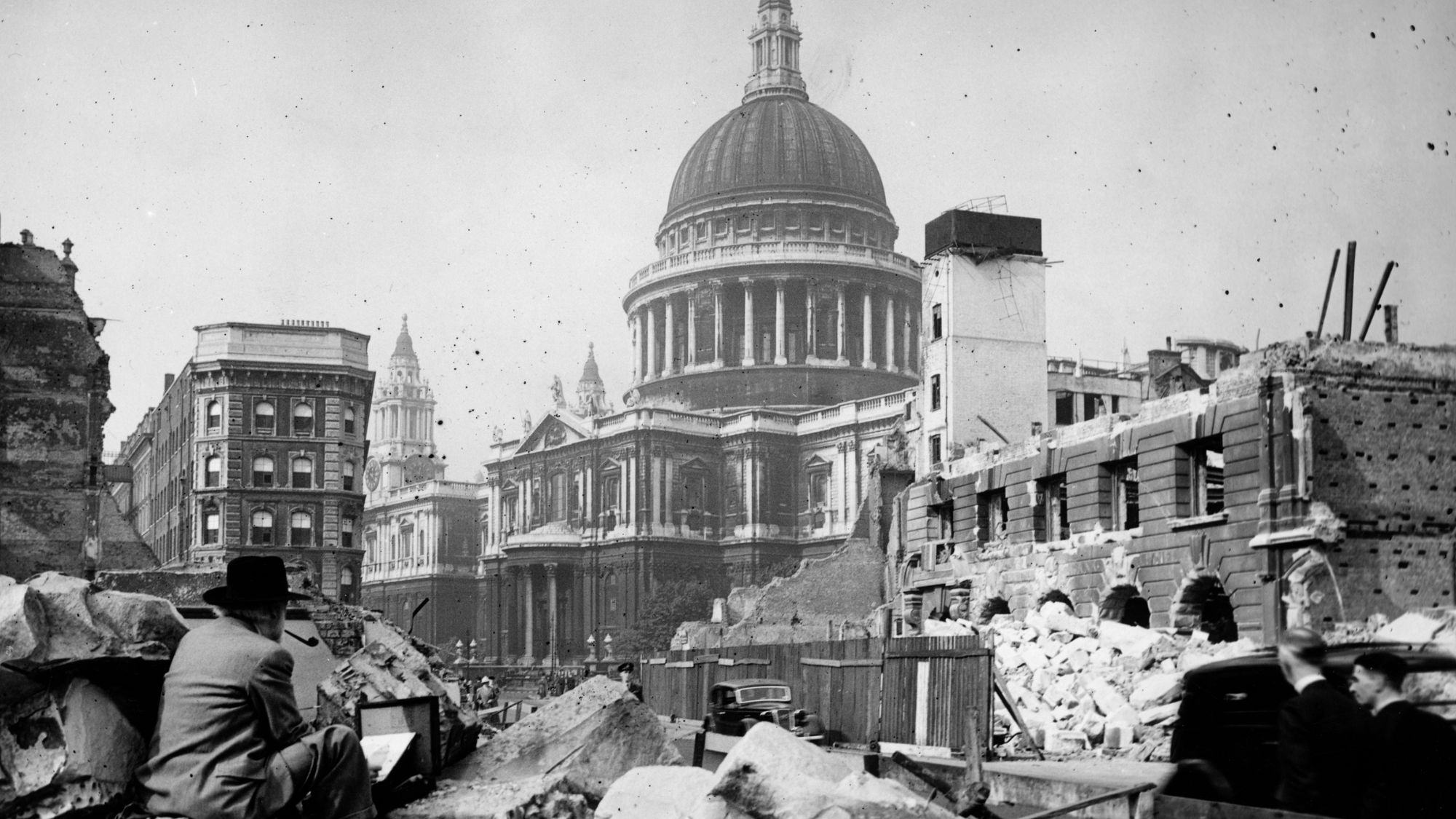A Short History of British Architecture: Simon Jenkins' book 'gallops along'
Some parts should be 'required reading' for the Labour government

"Simon Jenkins on architecture is typically a treat," said Laura Freeman in The Times. Over the past 25 years, the newspaper columnist has produced a series of bestselling books – "England's Thousand Best Churches", "Britain's 100 Best Railway Stations", and so on – which are invaluable when you're on a weekend away, and deciding what to see in the area.
Now, he has written a short history of British architecture, aimed at the "intelligent layman". As Jenkins takes us through the various styles (Palladianism, the gothic revival, etc.), it sometimes feels a little bit dutiful: the writing is more "assured" than inspired. But in its final 70 pages, the book "comes flamingly to life", as a "blistering polemic" against the postwar planners and architects who flattened neighbourhoods, built motorways through towns and forced people into brutalist tower blocks. For the Labour Government, planning to build 1.5 million homes, this brilliant section should be "required reading".
It's undeniable that many "atrocities were perpetrated" in the decades after the War, said Rowan Moore in The Observer. And having been involved in some key planning battles as a young journalist – notably the campaign to save Covent Garden from redevelopment – Jenkins has "earned the right to talk about them". It's a little wearying, however, to find the Swiss-French modernist Le Corbusier once again being lambasted, "more than 50 years after his urban ideas went out of fashion". Jenkins is on surer ground when rattling through "four-and-a-half millennia of the greatest hits of British building", an account he enlivens with "sweeping statements", such as that the megalithic structure at Stonehenge counts as architecture, whereas the older complex of circular houses at Skara Brae in Orkney does not.
The Week
Escape your echo chamber. Get the facts behind the news, plus analysis from multiple perspectives.

Sign up for The Week's Free Newsletters
From our morning news briefing to a weekly Good News Newsletter, get the best of The Week delivered directly to your inbox.
From our morning news briefing to a weekly Good News Newsletter, get the best of The Week delivered directly to your inbox.
Jenkins believes that if more people could "speak architecture", they'd be more confident in voicing their opinions about it – and British building would be in a less "dodgy state", said Will Wiles in Literary Review. "The book is his contribution to improving public understanding." It's full of interesting details – such as the fact that a window in Gloucester Cathedral contains the first image of someone playing golf – and though some sections are a trifle repetitive, for the most part it "gallops along".
The book is at its best when Jenkins himself appears – describing clambering around the dome of St Paul's Cathedral as a boy, for instance. "I was left wishing the book as a whole was more personal", and less informed by a "need to catalogue".
A free daily email with the biggest news stories of the day – and the best features from TheWeek.com
-
 A peek inside Europe’s luxury new sleeper bus
A peek inside Europe’s luxury new sleeper busThe Week Recommends Overnight service with stops across Switzerland and the Netherlands promises a comfortable no-fly adventure
-
 Space data centers could be joining the orbit
Space data centers could be joining the orbitUnder the radar The AI revolution is going cosmic
-
 Codeword: December 23, 2025
Codeword: December 23, 2025The daily codeword puzzle from The Week
-
 The best homes of the year
The best homes of the yearFeature Featuring a former helicopter engine repair workshop in Washington, D.C. and high-rise living in San Francisco
-
 Critics’ choice: The year’s top 10 movies
Critics’ choice: The year’s top 10 moviesFeature ‘One Battle After Another’ and ‘It Was Just an Accident’ stand out
-
 A luxury walking tour in Western Australia
A luxury walking tour in Western AustraliaThe Week Recommends Walk through an ‘ancient forest’ and listen to the ‘gentle hushing’ of the upper canopy
-
 Joanna Trollope: novelist who had a No. 1 bestseller with The Rector’s Wife
Joanna Trollope: novelist who had a No. 1 bestseller with The Rector’s WifeIn the Spotlight Trollope found fame with intelligent novels about the dramas and dilemmas of modern women
-
 Appetites now: 2025 in food trends
Appetites now: 2025 in food trendsFeature From dining alone to matcha mania to milk’s comeback
-
 Man vs Baby: Rowan Atkinson stars in an accidental adoption comedy
Man vs Baby: Rowan Atkinson stars in an accidental adoption comedyTalking Point Sequel to Man vs Bee is ‘nauseatingly schmaltzy’
-
 Goodbye June: Kate Winslet’s directorial debut divides critics
Goodbye June: Kate Winslet’s directorial debut divides criticsTalking Point Helen Mirren stars as the terminally ill English matriarch in this sentimental festive heartwarmer
-
 A Christmas Carol (or two)
A Christmas Carol (or two)The Week Recommends These are the most delightful retellings of the Dickens classic from around the country